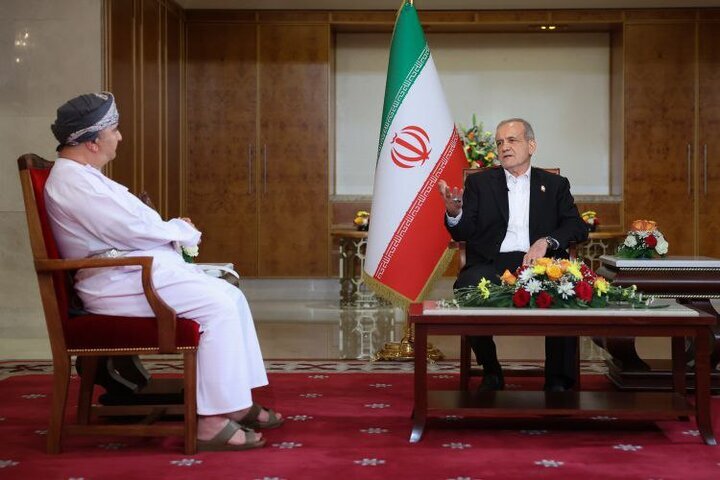
Similar Posts
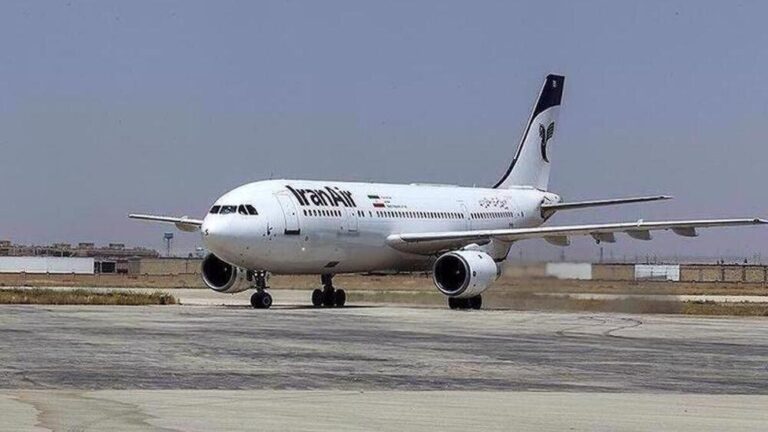
Iran’s Airports See 6% Surge in Passenger Traffic Ahead of March
Iran’s aviation sector has shown significant growth, with over 40.75 million passengers processed in the year leading to March 20, marking a 6% increase from the previous year. CEO Mohammad Amirani reported over 0.359 million flights across 64 airports, an 8% rise, despite ongoing U.S. and European sanctions. Domestic passenger traffic rose by more than 5% to 36.83 million, while international traffic surged 21% to 3.19 million. Tehran’s Mehrabad Airport was the busiest, handling 13.75 million passengers. This growth reflects resilience in the face of challenges and indicates a positive trend for Iran’s aviation industry, crucial for economic growth and tourism.

Iran Takes Center Stage at 112th Legal Committee Session: Key Contributions and Insights
Representatives from International Maritime Organization (IMO) member states, including Iran, are attending the 112th session of the Legal Committee (LEG) in London, focusing on key maritime legal issues such as liability, compensation, and the fair treatment of seafarers. The hybrid format allows for wider participation. The Iranian delegation, led by Pouria Koulivand, is actively engaged in discussions on pressing topics, including piracy, autonomous vessel regulations, and the adaptation to alternative fuels. The committee’s work aims to enhance maritime legal frameworks, ensuring safety and equity in the industry as it evolves.
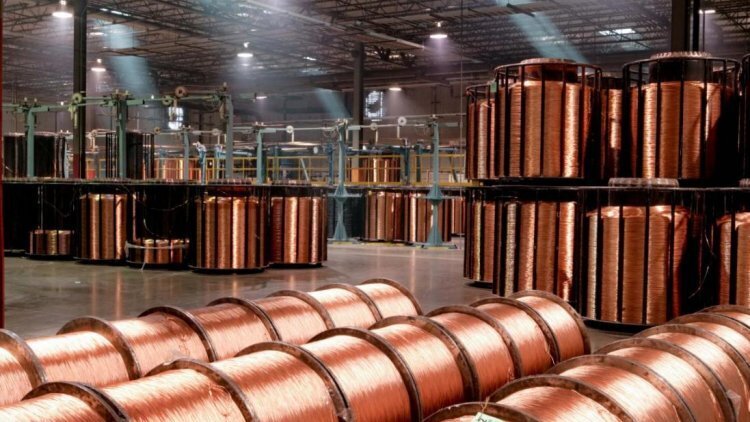
NICICO Sees Significant Surge in Sales Over 10-Month Period: A Game-Changer for the Industry!
The National Iranian Copper Industry Company (NICICO) reported impressive growth, achieving sales of 1,330 trillion rials (about $1.92 billion) from April to January, a 32% increase from last year. Domestic sales rose by 29% to 1,020 trillion rials, while export sales exceeded 310 trillion rials, up 43%. NICICO’s dollar export value soared by 956%. The company attributes this success to a booming minerals sector, spurred by U.S. sanctions on Iran’s petroleum industry. NICICO is also expanding operations, including a major project in Sistan and reporting a three-fold increase in ore deposits at the Sungun mine.
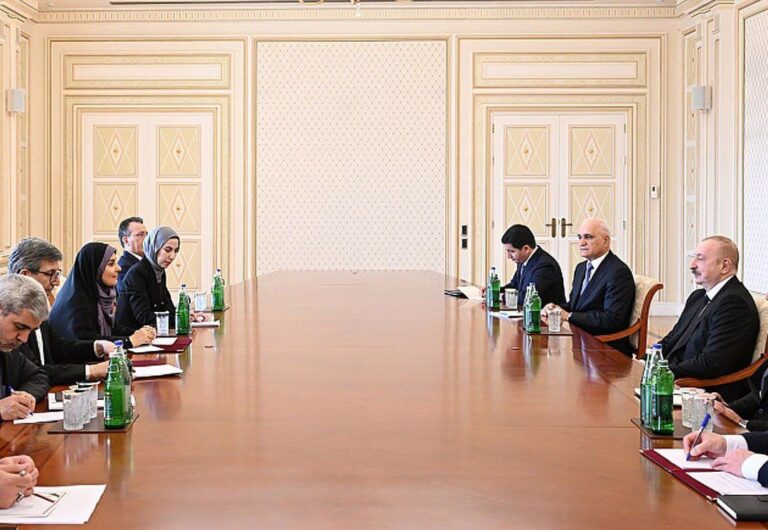
Iran’s Roads Minister Engages with Azerbaijani President Aliyev in Baku: Strengthening Bilateral Ties
Iran’s Roads Minister Sadegh is leading a delegation to Azerbaijan from April 7 to 10 to strengthen bilateral relations and enhance collaboration in transportation, customs, water and energy, oil and gas, and the Preferential Trade Agreement (PTA). The visit aims to address past challenges in joint ventures and prepare for Iranian President Masoud Pezeshkian’s upcoming trip to Baku. Key focus areas include improving trade routes, streamlining customs, exploring joint projects, and fostering technological exchange. This engagement marks a significant step in deepening the cultural and economic ties between Iran and Azerbaijan, potentially leading to mutual economic growth and regional stability.
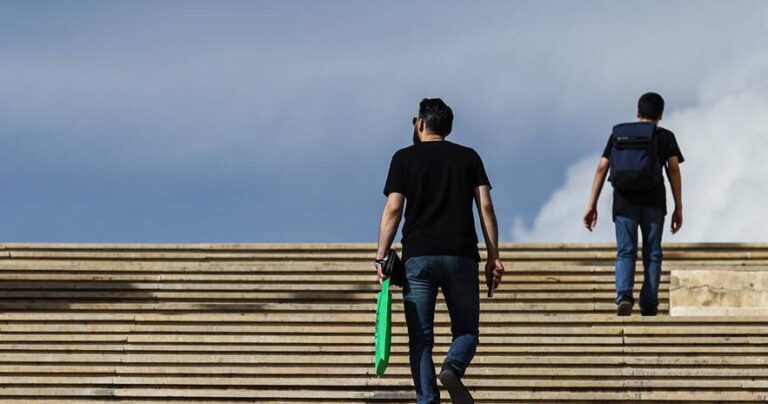
Iran’s Economy: Beyond Trump Headlines, Unraveling Deeper Challenges
Tehran’s economy is increasingly affected by developments in Washington, prompting concerns among commentators about its dependency on US political dynamics. Experts argue that Iran’s strategy must move beyond negotiations with the US to tackle fundamental issues like a crisis-ridden banking system, outdated industrial practices, and underinvestment in agriculture. Frequent power shortages further exacerbate the situation, disrupting essential services and raising living costs. Critics highlight the government’s failure to address corruption and systemic decay, leading to public frustration. Economists warn that without addressing these root causes, Iran’s economic recovery will remain fragile and overly reliant on external factors.
